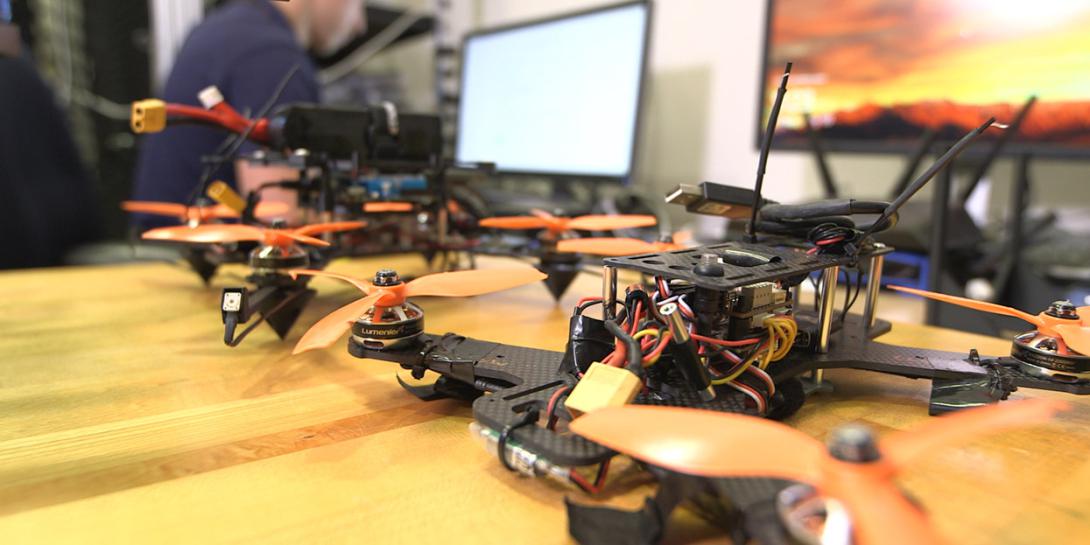Students in Sandia Program Evaluate Autonomy and AI for Hypersonic Applications
As part of Sandia National Laboratories' quest to develop hypersonic solutions, a group of university students working at the labs this summer developed autonomy and artificial intelligence capabilities for hypersonic flight systems. They tested the capabilities on unmanned aerial vehicles, or UAVs.
The students participated in the Autonomy New Mexico (AutonomyNM) program, a Sandia-led academic coalition to achieve autonomous hypersonic flight, according to a statement from the lab. The team completed development of the first two drones—a quadcopter and a hexacopter—that the labs will use to evaluate new algorithms for autonomous navigation, guidance and control, and target recognition that will be needed for hypersonic flight.
“We want to ensure success before we test technologies on hypersonic flights,” said Sandia manager Jay Brown. “The AutonomyNM drones provide Sandia an agile platform to quickly evaluate our abilities.”
The UAVs were equipped with two onboard computers—one to control the rotors and a more powerful one to process the visual data from the camera. And the drones had strict size and weight constraints to remain viable when airborne. Even so, the UAVs were able to position themselves, report their coordinates, and recognize and land on a target.
“The algorithm has to be able to run fast enough to give usable results,” said Sandia scientist Logan Wright, one of the team’s advisers. “An obstacle detection algorithm isn’t very useful if it detects an obstacle after you’ve already run into it.”





Comments